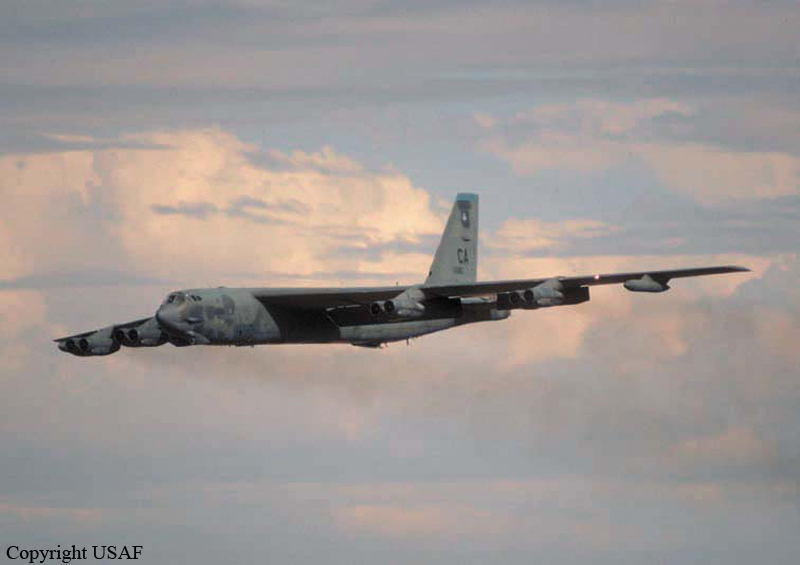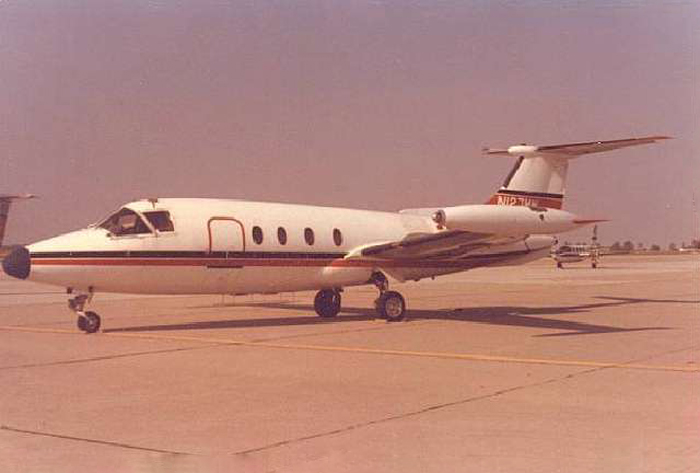Crash of a Cessna 414 Chancellor in Cheyenne
Date & Time:
Oct 20, 1984 at 1338 LT
Registration:
N1597T
Survivors:
Yes
Schedule:
Cheyenne - Salt Lake City
MSN:
414-0377
YOM:
1973
Crew on board:
1
Crew fatalities:
Pax on board:
3
Pax fatalities:
Other fatalities:
Total fatalities:
0
Aircraft flight hours:
18035
Circumstances:
The aircraft departed the airport in IFR conditions (snowing) and was observed staggering into the air. Shortly after takeoff the aircraft struck power lines and crashed into homes in a residential area. Investigation revealed that the aircraft had accumulated ice and in addition was over certified max gross weight. There was no evidence of airframe, flight control or engine failure/malfunction prior to impact with the power lines.
Probable cause:
Occurrence #1: in flight encounter with weather
Phase of operation: takeoff - roll/run
Findings
1. (f) weather condition - fog
2. (f) weather condition - snow
3. (c) flight into known adverse weather - performed - pilot in command
4. (f) overconfidence in personal ability - pilot in command
----------
Occurrence #2: in flight collision with object
Phase of operation: takeoff - initial climb
Findings
5. (f) object - wire, static
6. (c) proper climb rate - not maintained - pilot in command
7. (f) aircraft weight and balance - exceeded - pilot in command
----------
Occurrence #3: in flight collision with terrain/water
Phase of operation: descent - uncontrolled
Phase of operation: takeoff - roll/run
Findings
1. (f) weather condition - fog
2. (f) weather condition - snow
3. (c) flight into known adverse weather - performed - pilot in command
4. (f) overconfidence in personal ability - pilot in command
----------
Occurrence #2: in flight collision with object
Phase of operation: takeoff - initial climb
Findings
5. (f) object - wire, static
6. (c) proper climb rate - not maintained - pilot in command
7. (f) aircraft weight and balance - exceeded - pilot in command
----------
Occurrence #3: in flight collision with terrain/water
Phase of operation: descent - uncontrolled
Final Report:







